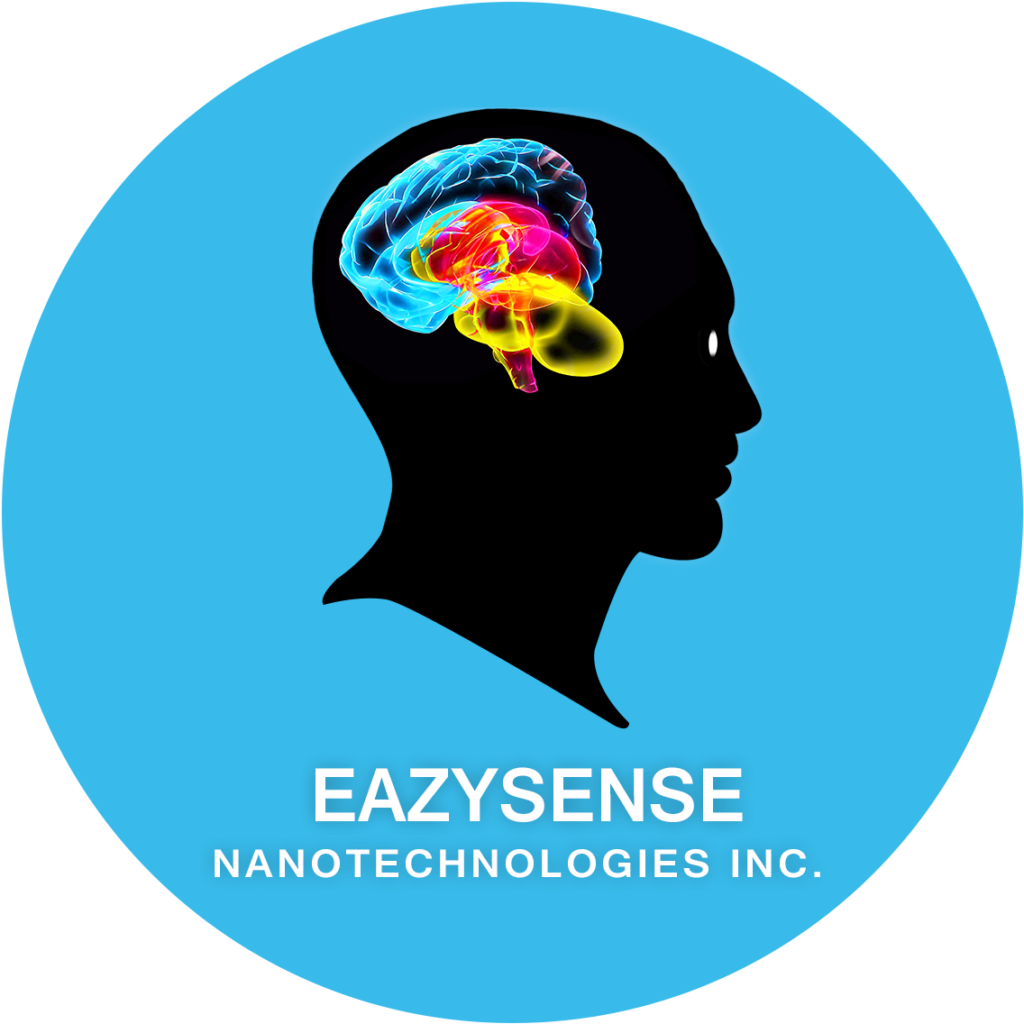NEUROSCIENCE 2018
Activity – Scientific Abstract
Intravascular blood flow displays temporal synchrony when basal ganglia neurotransmitter release is videotracked online in the normal state, while vasculature and cerebral release reflect temporal asynchrony during online videotracking of stroke: Sensing with Dual Laser Dopler Flowmetry and BRODERICK PROBE®
Author Block: P.Broderick, R.Chowdhury, T. Alabed, S. Alamin, L.Wenning, CUNY Sch. of Med., New York, NY; Dept. Molec/Cell/Biomed. Sci., CUNY Sch. of Medicine, CCNY, New York, NY.
Abstract:
Temporal synchrony, discovered in our laboratory using Live Imaging, Neuromolecular Imaging (NMI), and the BRODERICK PROBE® reveals a distinctive rhythmic regularity between cerebral blood flow and neurotransmitter release in the natural, physiologic state. However, during the pathologic state of stroke, this time sensitive rhythmicity is lost. In our study, the catecholamine, dopamine (DA) and the indoleamine, serotonin (5-HT) were imaged during baseline, experimental, acute ischemic stroke, Lovenox® (enoxaparin) therapy, and reperfusion stages on line and in vivo in an intra-animal control model. Indeed, all animals (N=16) were used as their baseline by separately imaging the non-lesioned contralateral brain hemisphere to obtain data for the control study group (N=16, Group A). Ipsilateral (lesioned), as well as contralateral hemispheres of dorsal striatum, were imaged and Dual Laser Doppler Flowmetry (DLDF) was used concurrently to monitor cerebral blood flow. In the experimental study group (N=16, Group B), middle cerebral artery (MCA) occlusion using the nylon intraluminal suture method was performed for quantitative histopathologies via midline neck incision in order to delineate areas of infarction both before and after enoxaparin administration and subsequent reperfusion. DLDF with the sensing nanotechnology of NMI and BRODERICK PROBE® show that previous to infarction, both ipsilateral and contralateral hemispheres showed characteristic neurotransmitter synaptic release of catecholamines and indoleamines released from structures when MCA blood flow was not occluded. However, while ipsilateral MCA occlusion remained but Lovenox® therapy was administered, there was a rebound temporal synchrony between cerebral blood flow and neurotransmitter release in the brain’s dorsal striatal basal ganglia. Translation brain rhythmicity between motion online with neurotransmitter release was previously reported from this lab in Medical Research Archives, 2018. Such a potent stream of evidence from reliable sources bespeaks highly of the brain’s rhythmicity role in the etiology of disease.
KEYWORD: Neurotransmitter release, blood flow, basal ganglia.
